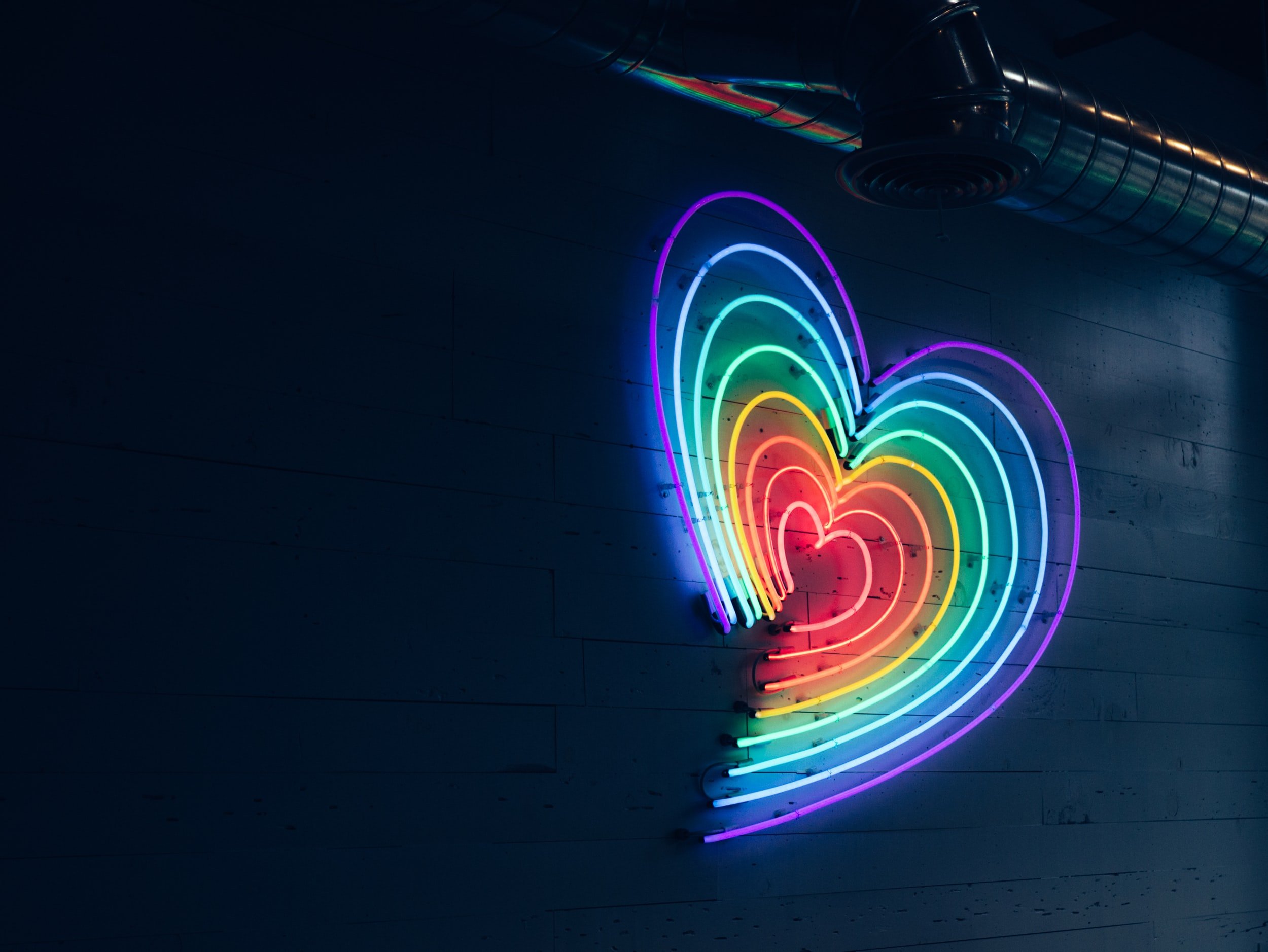
The Transgender Project
Glossary
Assigned gender at birth
A person who is thought to be male/female when born and initially is raised as a boy/girl (Telfer et al., 2018)
Back passage
The anus and rectum, through which faeces (poo) passes.
Binding/chest binding
The practice of flattening breast tissue to create the appearance of a flatter chest. The types of materials and methods of binding vary depending on chest size and body type (The Brigham and Women’s Hospital, 2020).
Cisgender/cis
A term used to describe people whose gender corresponds to what they were assigned at birth (ACON, 2022; Child Family Community Australia, 2022)
Erogenous or erectile tissue
Gender neutral term for the clitoris (ACON, 2022)
External genital area
Gender neutral term for the vulva (ACON, 2022).
Front passage
The urethra, the tube through which urine passes from the bladder.
Gender Dysphoria
Distress or unease sometimes experienced from being misgendered and/or when someone’s gender and physical attributes do not feel connected or aligned (Telfer et al., 2018).
Gender/gender identity
A person’s sense of whether they are a man, woman, non-binary, agender, genderqueer, genderfluid, or a combination of one or more of these definitions (Child Family Community Australia, 2022). Gender can be binary (either a man or a woman), or non-binary (including people who have no binary gender at all and people who have some relationship to binary gender/s) (Child Family Community Australia, 2022). One’s identity can be the same or different from their sex assigned at birth (Telfer et al., 2018).
Internal genitalia
Gender neutral term for the vagina (ACON, 2022).
Internal reproductive organs
Gender neutral term for the uterus (ACON, 2022).
Natal genitals
Gender neutral term for a person’s genitals at birth (ACON, 2022).
Non-binary
An umbrella term for gender identities that sit within, outside of, across or between the spectrum of the male and female binary (Child Family Community Australia, 2022). A non-binary person might identify as gender fluid, trans masculine, trans feminine or could be agender (without a feeling of having any gender or having neutral feelings about gender) (Child Family Community Australia, 2022).
Pelvic Floor
The pelvic floor muscles span the bottom of the pelvis and support the pelvic organs (bladder and bowel, and uterus) (Frawley et al., 2021a).
Prolapse
The descent of one or more of the anterior vaginal wall, posterior vaginal wall, uterus (cervix) or vaginal vault (cuff scar after hysterectomy) (Frawley et al., 2021b).
Top surgery
Chest reconstructive surgery to change the appearance of breast tissue (Telfer et al., 2018).
Transgender/trans
A term used to refer to a person whose assigned sex at birth does not match their gender identity (Child Family Community Australia, 2022).
Trans people may use a variety of terms to describe themselves including but not limited to: man, woman, trans woman, trans man, non-binary, agender, genderqueer, genderfluid, trans guy, trans masculine/masc, trans feminine/femme (Child Family Community Australia, 2022).
Trans people may use a variety of different pronouns (Child Family Community Australia, 2022).
Upper body
Gender neutral term for breasts / chest (ACON, 2022).
Valsalva
Forceful exhalation against a closed mouth, glottis, and nose (Frawley et al., 2021b). Valsalva has been shown to result in an increase in intra-abdominal pressure and usually an increase in pelvic floor muscle activation (Frawley et al., 2021b).

People who have worked on the project/Reviewed by:
Dr Rhea Pserackis, Peta Titter, Alex Ennis, Oliver Polzin, Morgan Kent, Katie Ennis, Dr Anna Bamford, Dr Miranda Hann, Lizzie Hosken, Emma Rayner.
With thanks to:
The WHEN Clinical Governance Committee – Meredith Eberle, Annaliisa Hartfiel, Katie Ennis, Kim Lecuyer, Peta Titter, Dr Rhea Pserackis
and the Tasmanian Government for their support of The Transgender Project.
If you would like to get involved with The Transgender Project or participate in a focus group to help aid our research we would love to hear from you. Please fill out the form below and we will be in touch.
WHEN is here to support you
And we would love you to support us too! Our FREE resources are made possible by the support of people just like you.
If you would like to support WHEN and The Transgender Project please donate below.
Every donation makes a difference!

